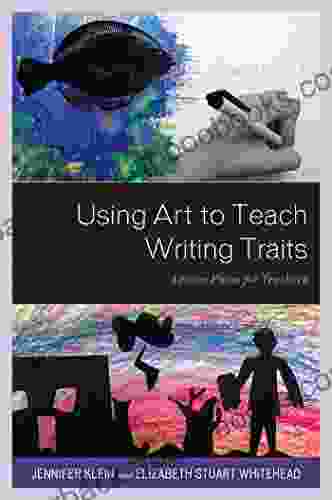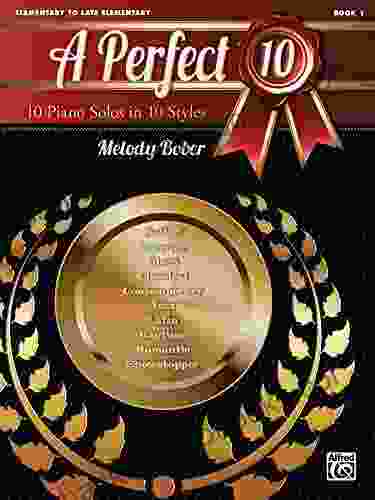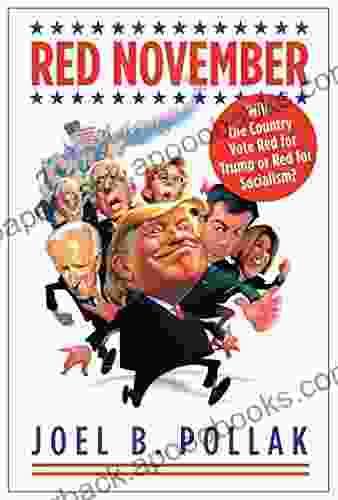Unlocking Creativity: Using Art to Enhance Writing Skills

In the realm of education, the integration of different disciplines holds immense power to ignite students' imaginations and deepen their learning experiences. By seamlessly blending the worlds of art and writing, educators can empower students to unlock their creative potential and cultivate essential writing traits that will serve them well throughout their academic and professional journeys.
This article delves into the transformative power of using art as a pedagogical tool in the writing classroom. We will explore how art-based activities can engage students, foster visual literacy, and elevate writing traits such as idea generation, organization, word choice, sentence fluency, voice, and conventions.
4.7 out of 5
| Language | : | English |
| File size | : | 21016 KB |
| Text-to-Speech | : | Enabled |
| Screen Reader | : | Supported |
| Enhanced typesetting | : | Enabled |
| Word Wise | : | Enabled |
| Print length | : | 234 pages |
Engaging Students Through Art
The vibrant and expressive nature of art has an inherent ability to captivate students and draw them into the learning process. When students engage with art, they become active participants in the construction of meaning. They develop critical thinking skills as they analyze and interpret visual elements, and their imaginations soar as they connect their own experiences and perspectives to the artwork.
Incorporating art into writing instruction provides students with a novel and exciting way to approach the writing process. By encouraging students to create their own artwork or to explore existing artworks, teachers can foster a sense of playfulness and experimentation that can break down barriers and encourage reluctant writers to express themselves.
Fostering Visual Literacy
Visual literacy is an essential skill in today's world, where we are constantly bombarded with visual information. By using art in the writing classroom, teachers can help students develop their ability to decode and interpret visual messages. This skill not only enhances their understanding of written text but also empowers them to communicate their own ideas more effectively through writing.
Through art-based activities, students learn to identify and analyze visual elements such as line, shape, color, and texture. They also develop an understanding of how these elements can be used to create meaning and convey emotion. This visual literacy translates directly to their writing, as students become more adept at using language to paint vivid pictures and evoke emotions in their readers.
Elevating Writing Traits
The Six Traits of Writing, developed by Northwest Regional Educational Laboratory, provide a framework for evaluating and improving writing. These traits are idea generation, organization, word choice, sentence fluency, voice, and conventions. By incorporating art into writing instruction, teachers can address each of these traits in a meaningful and engaging way.
Idea Generation
Art can serve as a powerful catalyst for idea generation. By exploring artworks, students can gain inspiration and generate new ideas for their own writing. For example, a painting depicting a bustling city scene could inspire a student to write a story about a character's experiences in the city, while a photograph of a natural landscape could spark an essay on the beauty of the natural world.
Organization
The visual nature of art can help students visualize the organization of their writing. By creating visual representations of their ideas, such as storyboards or mind maps, students can gain a clearer understanding of how their ideas fit together and flow logically from one to the next.
Word Choice
Art can expand students' vocabularies and enhance their understanding of word choice. By discussing the use of specific colors, shapes, and textures in an artwork, students can learn about the power of language to convey meaning and create vivid imagery.
Sentence Fluency
Art can also help students develop sentence fluency. By analyzing the rhythm and flow of lines, shapes, and colors in an artwork, students can gain insights into how to create sentences that are pleasing to the ear and easy to read.
Voice
The use of art in the writing classroom can foster students' unique voices. By encouraging students to reflect on their own interpretations of artwork and to connect their own experiences to the artwork, teachers can help students develop a strong and authentic voice in their writing.
Conventions
While art-based activities may not directly address writing conventions such as grammar and punctuation, they can provide opportunities for students to practice these skills in a meaningful context. For example, students can write captions or labels for artworks, or they can create their own written interpretations of artworks.
Examples of Art-Based Activities
The possibilities for incorporating art into writing instruction are endless. Here are a few examples of art-based activities that can be used to engage students, foster visual literacy, and elevate writing traits:
- Visual Storytelling: Have students create a series of drawings or paintings that tell a story. The story can be real or imagined, and students can use any medium they choose.
- Art Analysis: Choose an artwork and lead students in a discussion about the visual elements used in the artwork. Ask students to analyze how the artist used these elements to create meaning and convey emotion.
- Art-Inspired Writing: Show students an artwork and have them write a poem, story, or essay inspired by the artwork. Encourage students to use their imaginations and to connect the artwork to their own experiences.
- Art Response Journals: Have students keep a journal in which they respond to artworks. Students can write about their interpretations of the artwork, their thoughts and feelings about the artwork, or how the artwork inspires their own writing.
- Art Collaboration: Divide students into groups and have each group create a collaborative artwork. The artwork can be a painting, sculpture, collage, or any other medium. Encourage students to discuss their ideas and work together to create a cohesive piece of art.
By seamlessly blending the worlds of art and writing, educators unlock a treasure trove of opportunities to engage students, foster visual literacy, and elevate writing traits. Art-based activities provide students with a novel and exciting way to approach the writing process, igniting their imaginations and empowering them to express themselves in unique and meaningful ways. As students delve into the vibrant world of art, they not only enhance their writing skills but also cultivate a deep appreciation for the power of creativity.
Embrace the transformative power of art in the writing classroom, and watch as your students blossom into confident and expressive writers.
4.7 out of 5
| Language | : | English |
| File size | : | 21016 KB |
| Text-to-Speech | : | Enabled |
| Screen Reader | : | Supported |
| Enhanced typesetting | : | Enabled |
| Word Wise | : | Enabled |
| Print length | : | 234 pages |
Do you want to contribute by writing guest posts on this blog?
Please contact us and send us a resume of previous articles that you have written.
 Book
Book Novel
Novel Page
Page Chapter
Chapter Text
Text Story
Story Genre
Genre Reader
Reader Library
Library Paperback
Paperback E-book
E-book Magazine
Magazine Newspaper
Newspaper Paragraph
Paragraph Sentence
Sentence Bookmark
Bookmark Shelf
Shelf Glossary
Glossary Bibliography
Bibliography Foreword
Foreword Preface
Preface Synopsis
Synopsis Annotation
Annotation Footnote
Footnote Manuscript
Manuscript Scroll
Scroll Codex
Codex Tome
Tome Bestseller
Bestseller Classics
Classics Library card
Library card Narrative
Narrative Biography
Biography Autobiography
Autobiography Memoir
Memoir Reference
Reference Encyclopedia
Encyclopedia Jim Kartalamakis
Jim Kartalamakis Joel Plaag
Joel Plaag Rick Simmons
Rick Simmons Richard Schweid
Richard Schweid R B Lemberg
R B Lemberg Joe Merrill
Joe Merrill Shaik Bashe
Shaik Bashe Jim Daniels
Jim Daniels Jim Woodward
Jim Woodward Joanne Limburg
Joanne Limburg William Ferrara
William Ferrara Jennie Rooney
Jennie Rooney Paul Gordon Lauren
Paul Gordon Lauren Mac Robertson
Mac Robertson Justin Thacker
Justin Thacker Joel Agee
Joel Agee Jill Eddison
Jill Eddison Joanne Hull
Joanne Hull Ronald H Heck
Ronald H Heck Jennifer Lenhardt
Jennifer Lenhardt
Light bulbAdvertise smarter! Our strategic ad space ensures maximum exposure. Reserve your spot today!
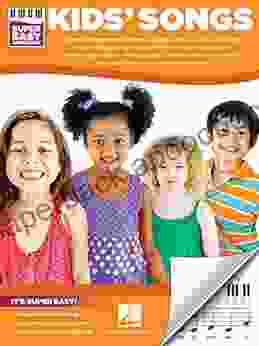
 Connor MitchellKids Songs Super Easy Songbook: The Ultimate Musical Adventure for Young...
Connor MitchellKids Songs Super Easy Songbook: The Ultimate Musical Adventure for Young... Dan BrownFollow ·18.7k
Dan BrownFollow ·18.7k Casey BellFollow ·8.7k
Casey BellFollow ·8.7k Caleb CarterFollow ·14.3k
Caleb CarterFollow ·14.3k Rodney ParkerFollow ·15.5k
Rodney ParkerFollow ·15.5k Patrick HayesFollow ·5.3k
Patrick HayesFollow ·5.3k Rudyard KiplingFollow ·3.7k
Rudyard KiplingFollow ·3.7k Robert HeinleinFollow ·14.3k
Robert HeinleinFollow ·14.3k Carson BlairFollow ·2.2k
Carson BlairFollow ·2.2k
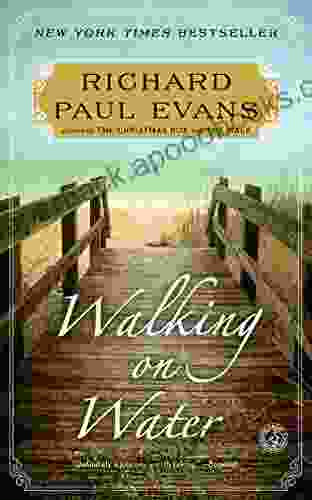
 Preston Simmons
Preston SimmonsEmbark on a Literary Odyssey with "Walking on Water": A...
Prepare to be swept...
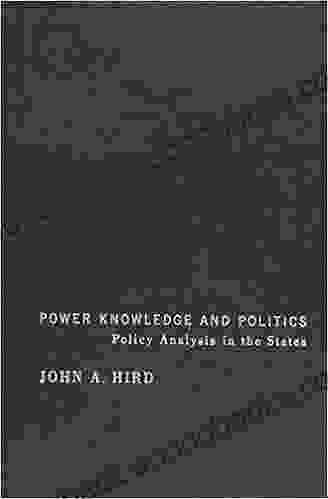
 Ernesto Sabato
Ernesto SabatoUnlocking Policy Analysis: Dive into the Intricacies of...
: The Realm of Policy...
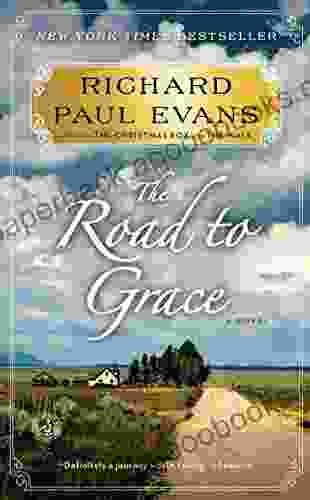
 Forrest Reed
Forrest ReedThe Road to Grace Walk: A Journey of Spiritual Growth and...
In the tapestry of life, we...
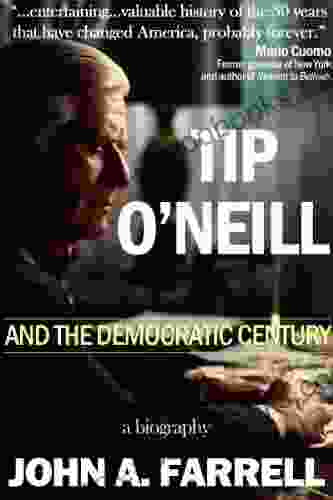
 Evan Simmons
Evan SimmonsTip Neill and the Democratic Century: A Political Odyssey...
The Rise of a Political Giant In the...
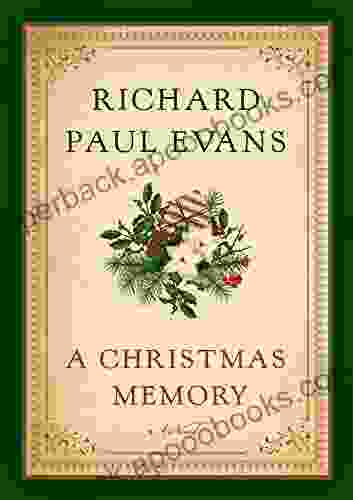
 Mark Mitchell
Mark MitchellUnwrap the Magic: A Review of Christmas Memory by Richard...
As the cold winter months draw near, and...
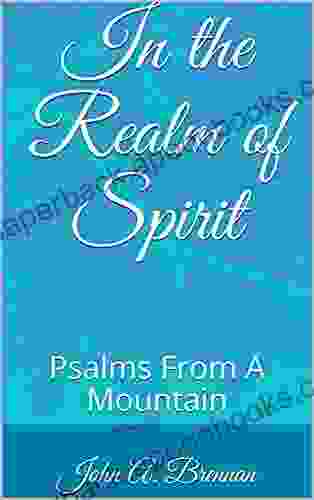
 Percy Bysshe Shelley
Percy Bysshe ShelleyBeyond the Veil: Delve into the Realm of Spirit with In...
Unveiling the Mysteries of the Unseen...
4.7 out of 5
| Language | : | English |
| File size | : | 21016 KB |
| Text-to-Speech | : | Enabled |
| Screen Reader | : | Supported |
| Enhanced typesetting | : | Enabled |
| Word Wise | : | Enabled |
| Print length | : | 234 pages |


